The sea is full of wonders, living and non-living. Some of them are capable enough to spellbound you, some to paralyze you. Here we will be knowing about the most dangerous aquatic animals. An aquatic animal is an animal, either vertebrate or invertebrate, which lives in water for most or all of its life. So let’s peep in:
Portuguese Man-Of-War
Its venomous tentacles can deliver a painful sting. This species is responsible for up to 10,000 human stings in Australia each summer, particularly on the east coast, with some others occurring off the coast of South Australia and Western Australia. Detached tentacles and dead specimens can sting just as painfully as the live organism in the water and may remain potent for hours or even days after the death of the organism or the detachment of the tentacle.
Stings usually cause severe pain to humans, leaving whip-like, red welts on the skin that normally last 2 or 3 days after the initial sting, though the pain should subside after about an hour. The sting may lead to an allergic reaction. There can also be serious effects, including fever, shock, and interference with heart and lung function. Stings may also cause death, although this is extremely rare. Medical attention may be necessary, and if unavailable can even cause death.
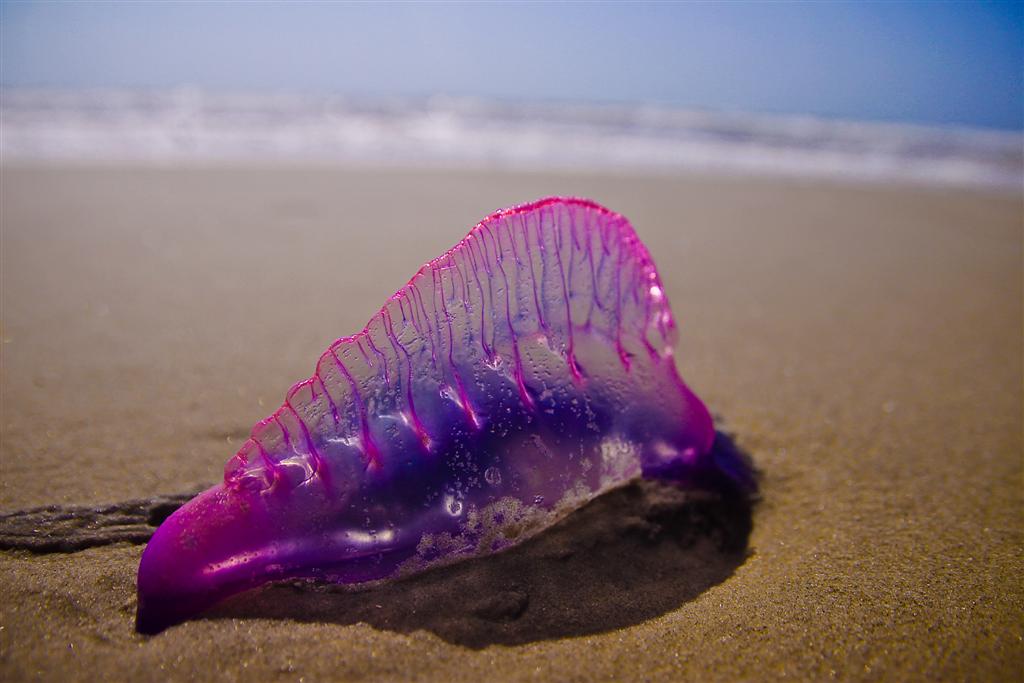
Fire Coral
Fire corals are not corals, but hydrozoans that have tiny, nearly microscopic polyps that are embedded in a skeleton. If you accidentally come into contact with fire coral, it can shoot nematocysts, or stinging barbs and sting you. It does not necessarily kill but can leave the recipient in hours of pain. Although it can be quite painful, a sting from Fire coral is rarely dangerous unless accompanied by an allergic reaction or anaphylactic shock.
In fact, the most serious effects seen after extensive stings are possible nausea and vomiting for two to three hours afterwards. The sting caused by these animals is a result of the injection of a water-soluble, heat affected, proteinaceous toxin. The discharged nematocysts cause small welts on the skin with red lesions around the raised areas. Swelling, blisters, and pus-filled encystations may occur soon after being stung. However, all symptoms generally disappear after 24 hours.
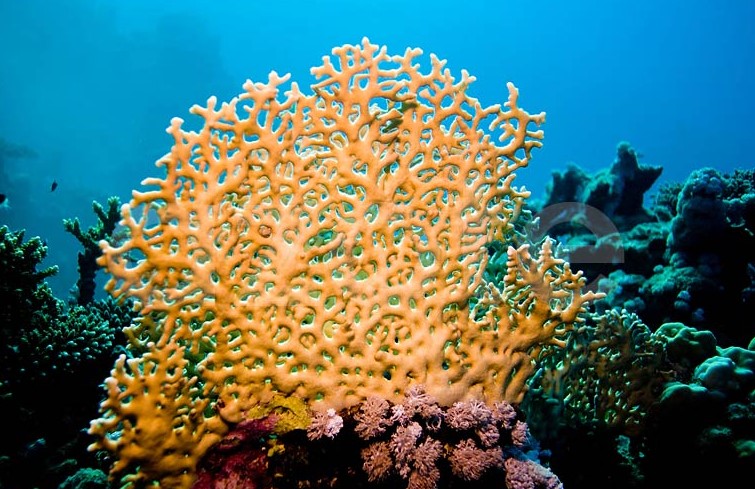
Box Jellyfish
The Indo-Pacific or Australian box jellyfish is the most poisonous marine animal known to mankind, and its sting can kill a human. It can be found in Australia’s northern oceans and throughout the tropical Indo-Pacific. It has up to 60 tentacles, each growing as long as 15 feet. The tentacles are covered in cnidocysts, and each cnidocyst is equipped with a tiny needle and a load of toxin that, added together, could kill 50 people. Their venom is considered to be among the most deadly in the world, containing toxins that attack the heart, nervous system, and skin cells. It is so overpoweringly painful, human victims have been known to go into shock and drown or die of heart failure before even reaching shore. Survivors can experience considerable pain for weeks and often have significant scarring where the tentacles made contact.
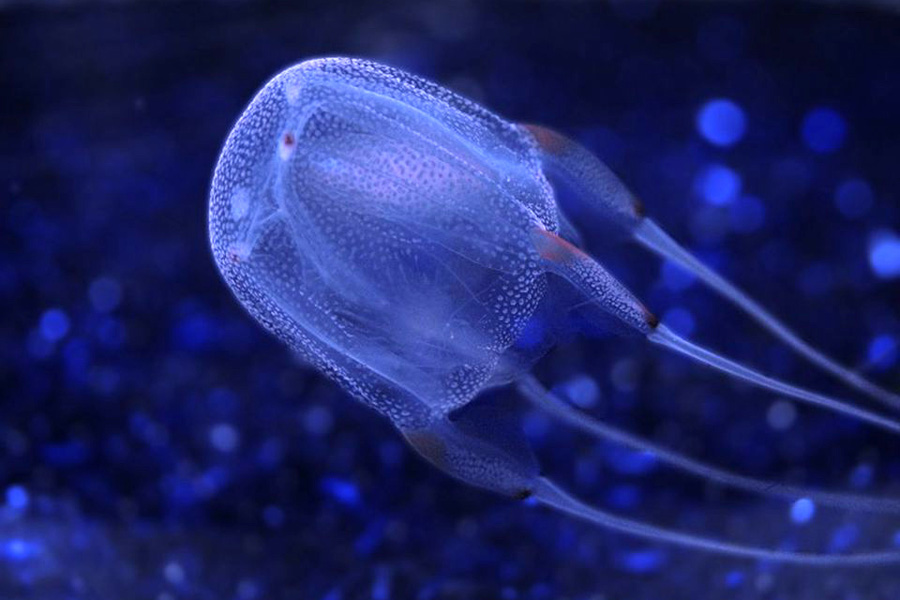
Reef Stonefish
The reef stonefish is the most venomous fish in the world. Its dorsal area is lined with 13 spines, each of which has two venom sacs. They lay motionless on top of rocks or the seabed, where their camouflage colors like a mottled green-brown in color make them very hard to see. Their spines are sharp and stiff and have been known to pierce boot soles. Effects of the venom include severe pain, shock, paralysis, and tissue death. A large dose can be fatal to humans, generally young children, the elderly, and those with weakened immune systems. Surviving victims may have nerve damage, which can lead to local muscle atrophy.
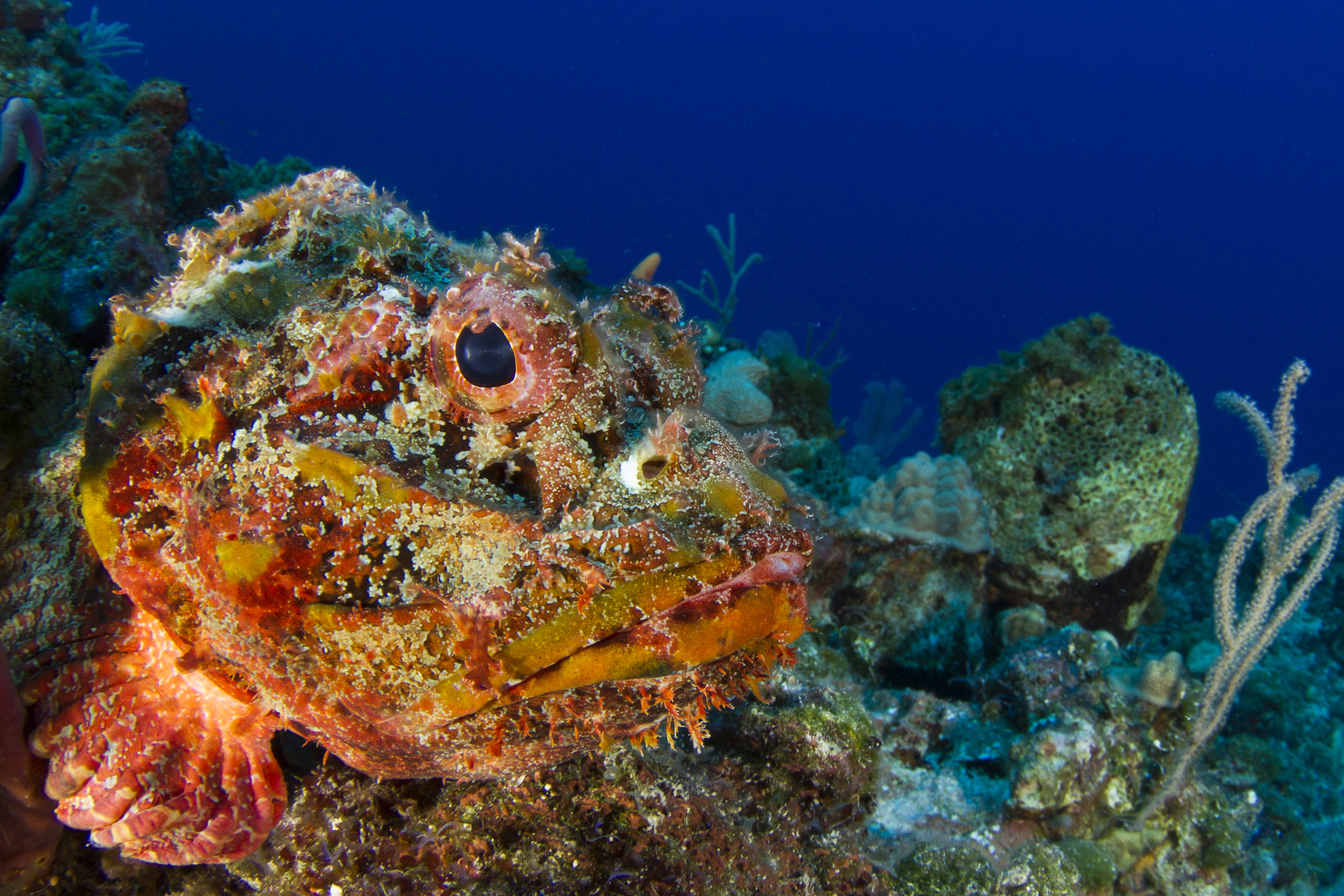
Great White Shark
Of all shark species, the great white shark is responsible for by far the largest number of recorded shark attacks on humans, with 272 documented unprovoked attacks on humans in which the great white shark was identified as of 2012. While great white sharks have killed humans in at least 74 documented unprovoked attacks in which the species was identified, they typically do not target them. Many of the incidents seemed to be “test-bites”. Great white sharks also test-bite buoys, flotsam, and other unfamiliar objects, and they might grab a human or a surfboard to identify what it is. Great white sharks infrequently attack and sometimes even sink boats.
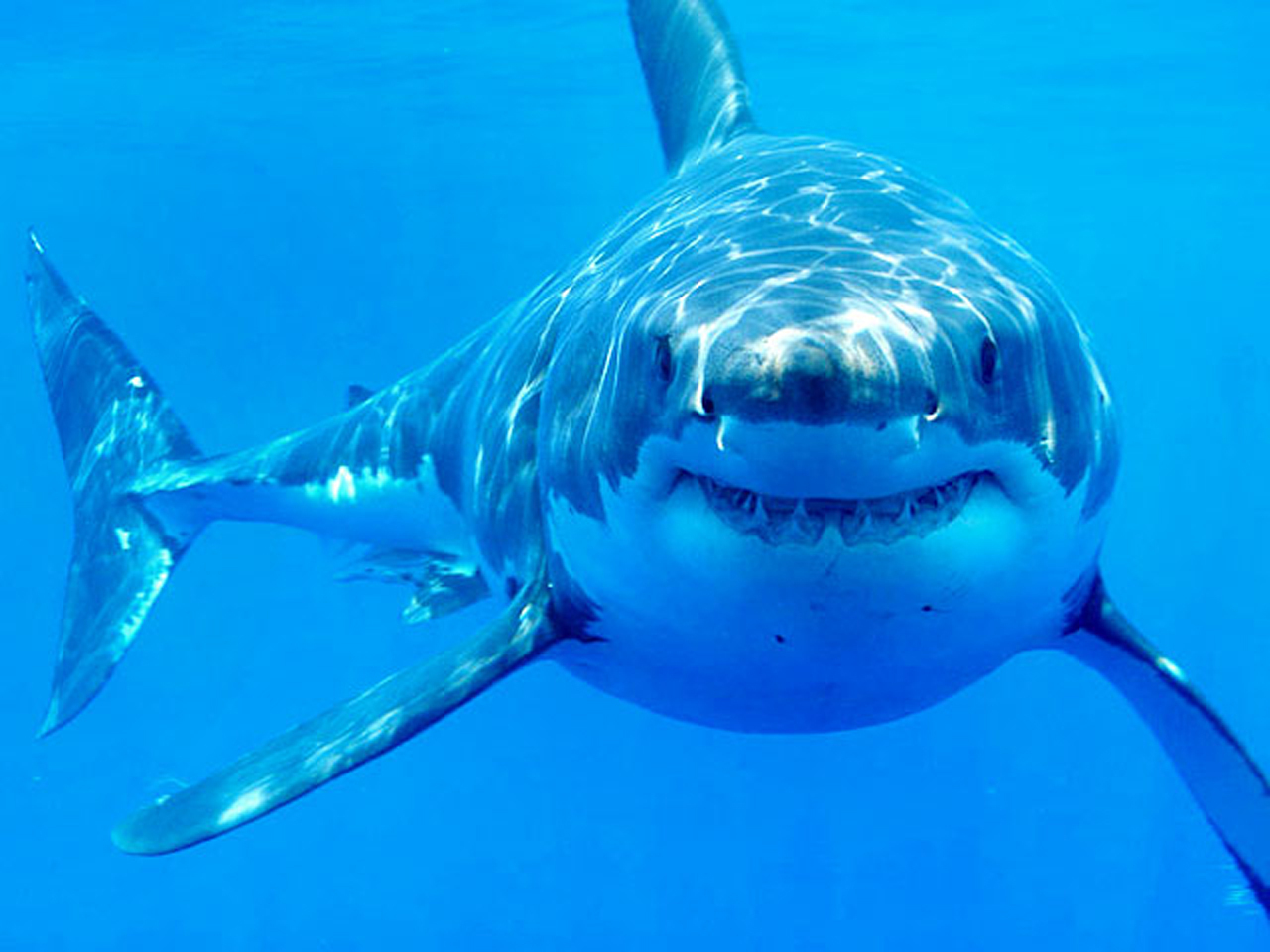
Blue Ringed Octopus
No blue-ringed octopus antivenom is available yet, making it one of the deadliest reef inhabitants in the ocean. Their venom can result in nausea, respiratory arrest, heart failure, severe and sometimes total paralysis and blindness and can lead to death within minutes if not treated. The bite is usually painless but this octopus has neuromuscular paralyzing venom. It is not injected but enters the wound in saliva. People soon notice numbness around the mouth followed by paralysis. Death is usually from suffocation due to lack of oxygen to the brain.

Sea Snakes
The bite of the sea snake is painless. However, half an hour later the following symptoms appear: stiffness, muscle aches and spasm of the jaw, pain in the bitten limb. The powerful neurotoxins contained in the venom can cause blurred vision, drowsiness and respiratory paralysis. One of the most venomous snakes known in the world is the Belcher’s Sea Snake, a few milligrams is strong enough to kill 1000 people! Less than 1/4 of bites will contain venom, and they are relatively docile. Fishermen are usually the victims of these bites, as they encounter the species when they pull nets from the ocean. Found throughout waters off South East Asia and Northern Australia.
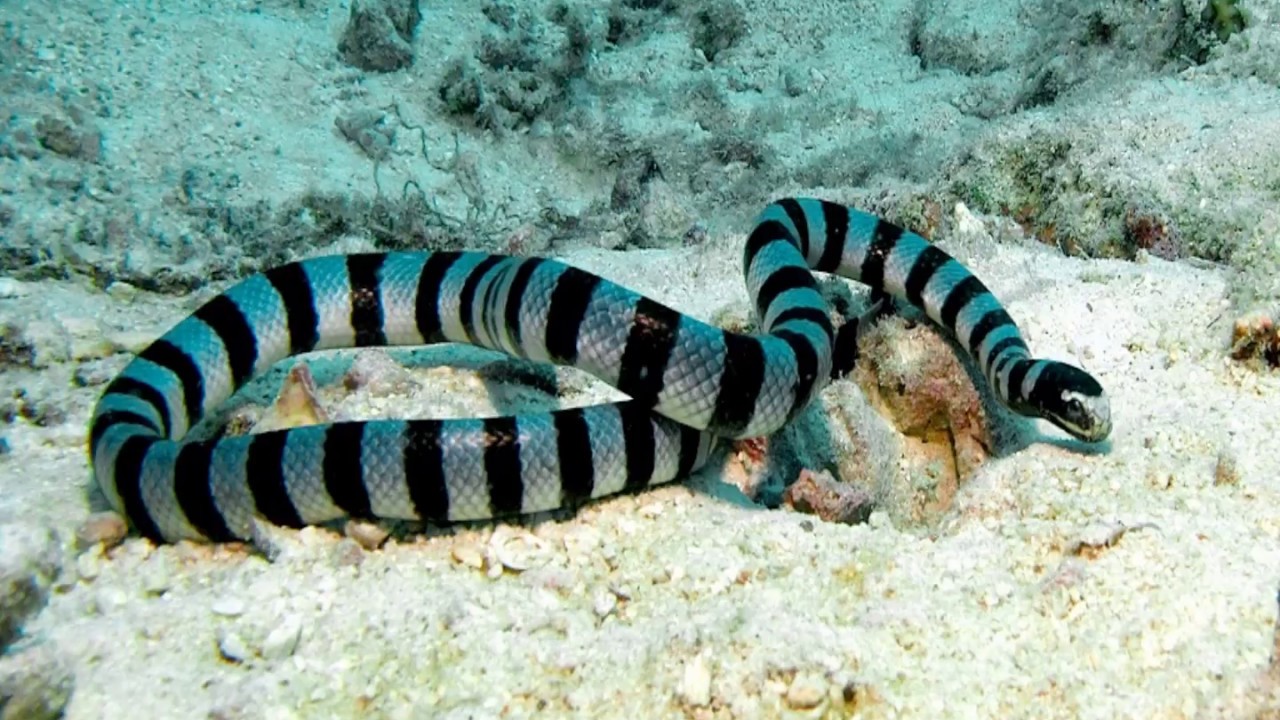




Related Posts
7 Interesting Facts About Running
7 Health Benefits of Laughing
5 Brilliant Facts About Rhinoceros Beetles